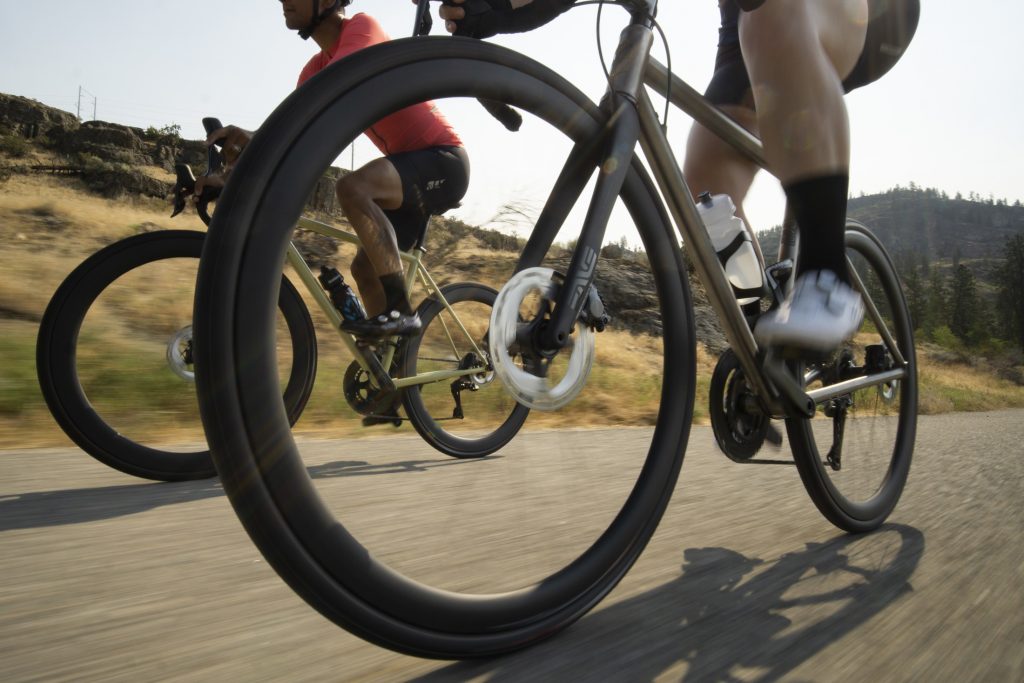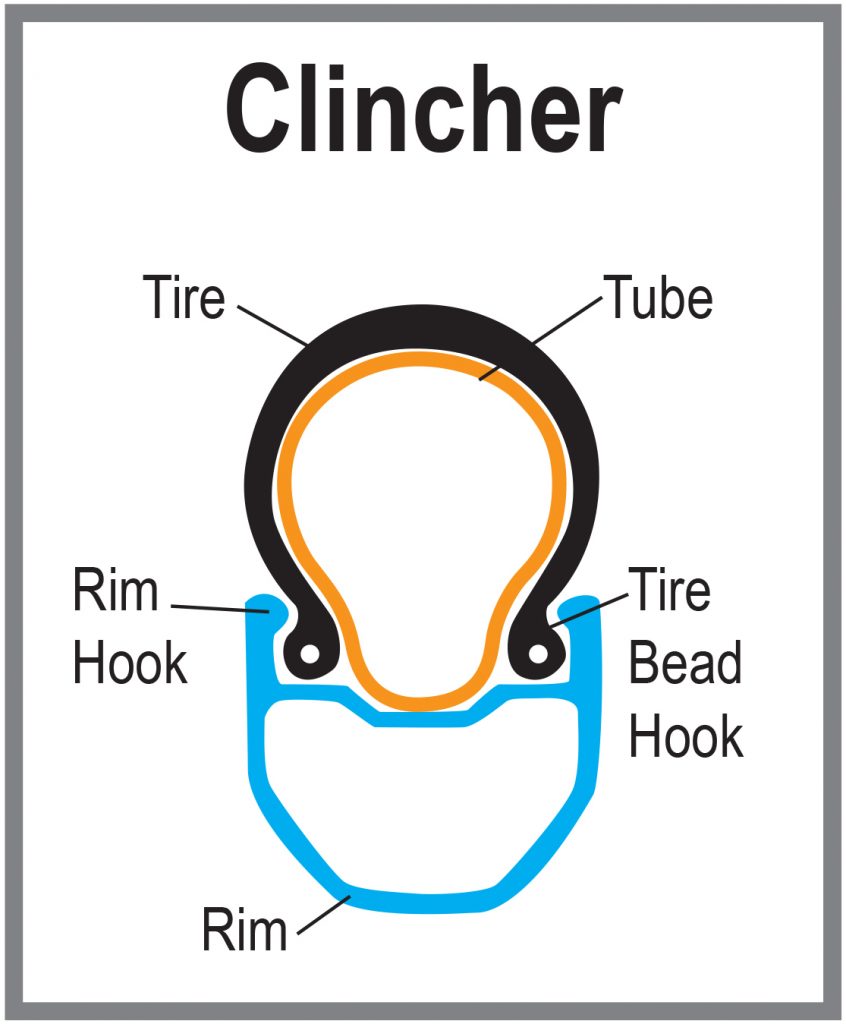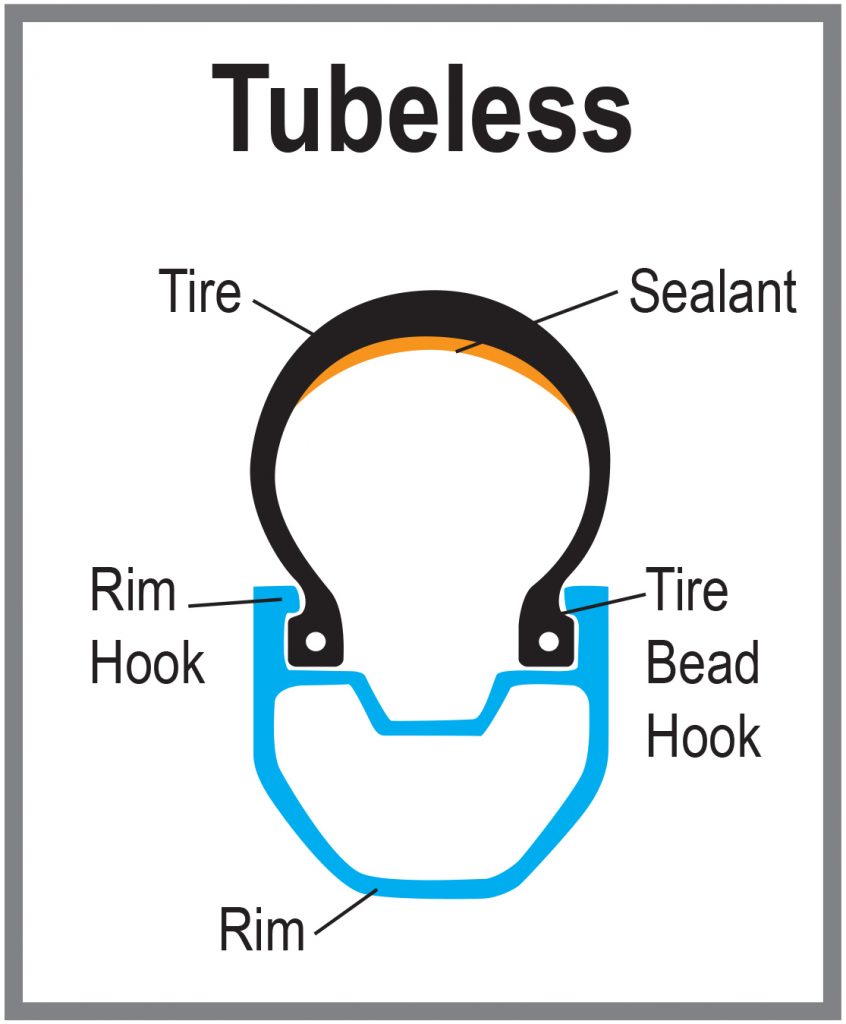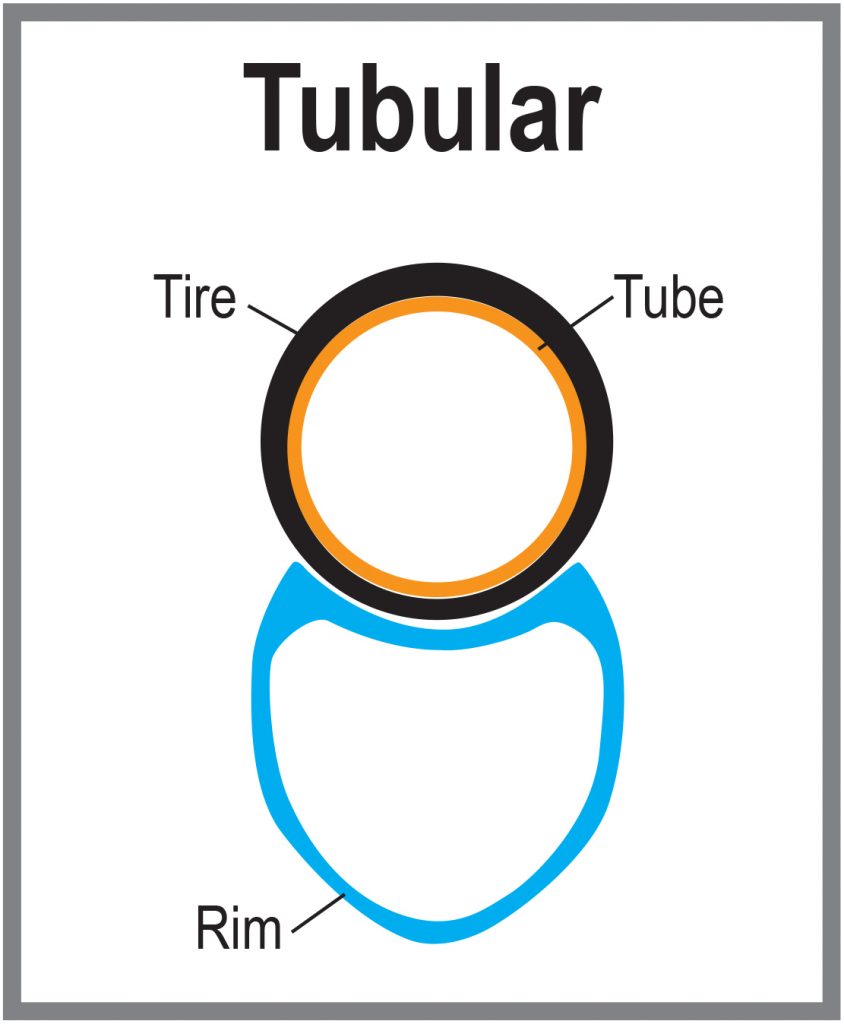One of the many decisions amateur cyclists face is what kind of tires to use. New riders may not be aware of the advantages and disadvantages to each tires. In this article, we will share and explain the differences of the 3 main types namely clincher, tubeless and tubular for you to decide which best suit your riding style.
Clincher
They are probably the most familiar by many riders especially road riders. They have bead that is usually made of steel or Kevlar. The bead is seated on the rim hook and held in place by the inner tube. They have been the choice of casual cyclists especially for road riders.
They are rather simple to fix and have been in use for many years. For the majority of punctures, all you need is a patch kit and a mini-pump. You may need to replace the inner tube if there are large punctures. The method is not too complicated. These tires are available at almost every bike store and are far less expensive as compared to tubeless and tubular.
However, for the mountain bikers, this may not be their favourite choice. One of the main reasons is the tendency for the tire to experience pinch flat. So, what is a pinch flat? It happens when your wheel hits something with a force that the pressure of the air in your tube and the edge of the rim cut through the tread of the tire resulting a hole in your tire. Hence, mountain bikers prefer to equipped with tubeless tire instead.
Tubeless
As their name implies, tubeless wheel does not require an inner tube. Its tire is an air-filled mounted on the rim without an inner tube. An airtight chamber is formed using a tubeless tire and a suitable rim, in place of an inner tube holding the air pressure. The pressure is maintained by the tyre bead locking into the rim and creating an airtight seal.
To take full advantage of the feature and provide additional puncture resistance in the absence of a tube, an additional ingredient is required: liquid sealant.
This substance travels inside the tire, then reacts react with air when the tire casing is punctured and sealed the hole.
It can seal most small holes caused by flints or spikes, and although the pressure may decrease slightly, you can still continue riding.
Generally, mountain bikers prefer this due to the ability to use lower tire pressure (psi) in maintaining more contact with the ground and able to wrap around objects.
 Installation of tubeless tire (elite-wheels.com)
Installation of tubeless tire (elite-wheels.com)
However, installing a tubeless tire is time consuming task. Periodic maintenance is require. Over time, liquid sealants tend to dry out inside the wheel. If left for too long, small, solid deposits will begin to form inside the wheel. To prevent this from happening, liquid sealant should be changed every three months.
Unsafe with larger punctures – In the event of a large puncture, the sealant may escape through the hole and can be messy. When this happens, carrying a spare tube will be your only chance to continue your trip safely.
 exploringwild.com / bikerumor.com / singletracks.com / renehersecycles.com
exploringwild.com / bikerumor.com / singletracks.com / renehersecycles.com
Tubular
Professional riders have always preferred tubular due to their performance, lightweight, and flat-riding capability. It has a tube inside a shell that has base tape on the bottom and rubber on top. The entire mechanism is adhered to a particular tubular rim.
The advantage of tubular is they are puncture resistant and the latex used in tubular tires deforms around objects which make them less vulnerable to puncture.
However, the tire can be very costly as compared to tubeless and clincher tire. Replacing it can be very challenging as the tire is placed on top of the rim and must be glued to the rim.
In conclusion, the biggest advantage of clincher is that they are cheap and convenient for tire repair.
As for tubeless tires, they are comfortable and safe but repairing will be inconvenient and messy. If the damage is large, we only can replace the tire.
The advantages of tubular tires are excellent shock absorption performance, allowing higher maximum inflation pressure, lightweight. However, the disadvantage is very costly and the installation is not convenient.
Published by: Dicky Hamid, Dec 2023





